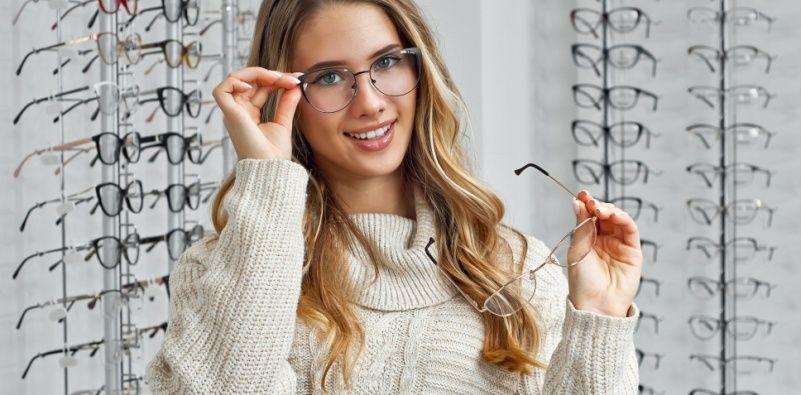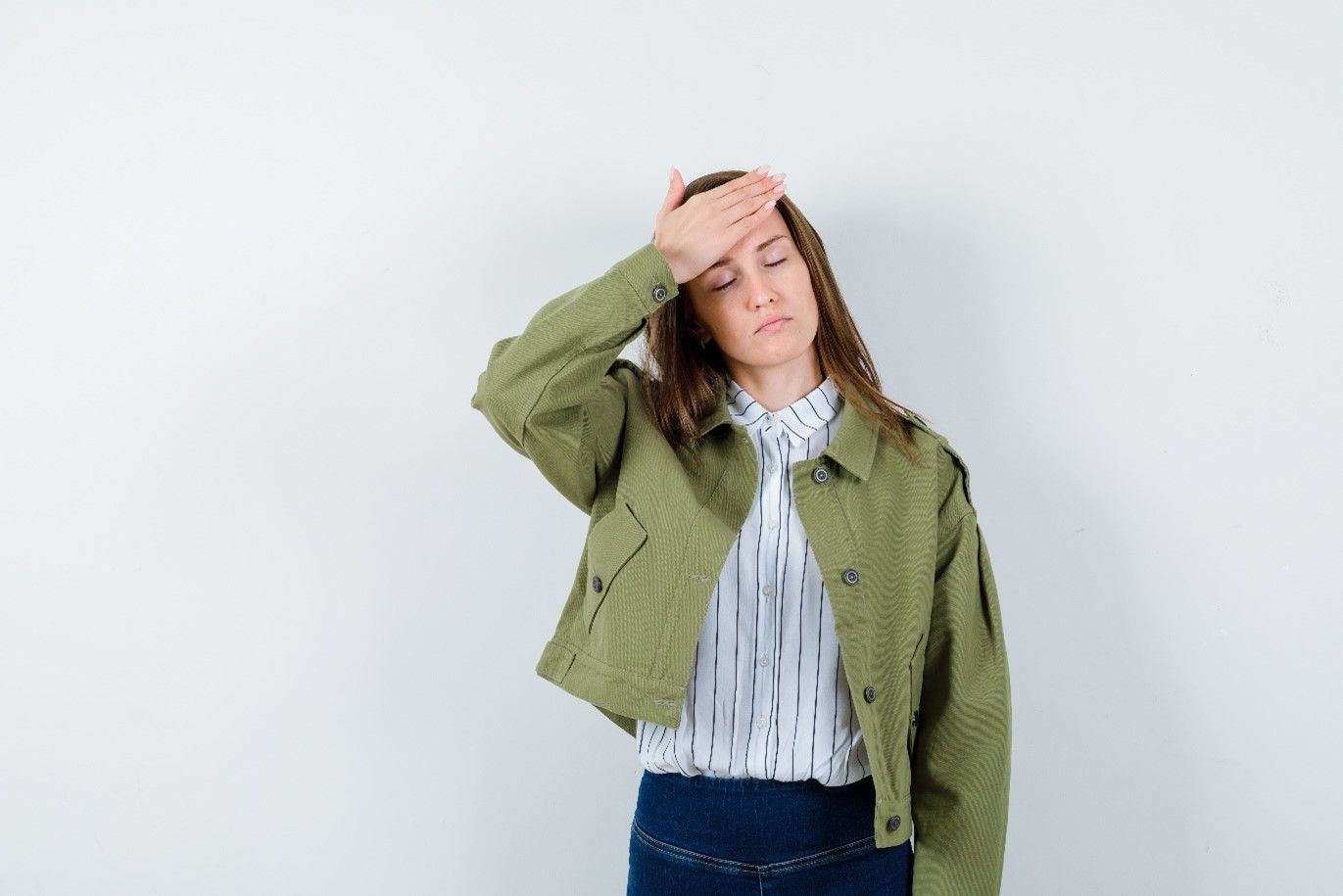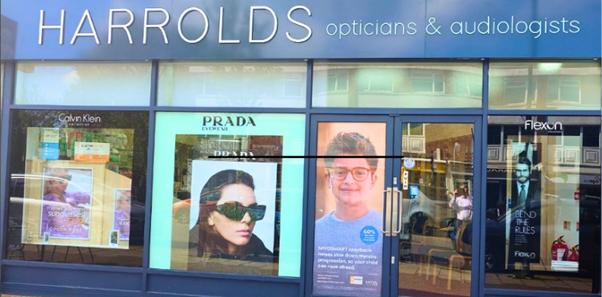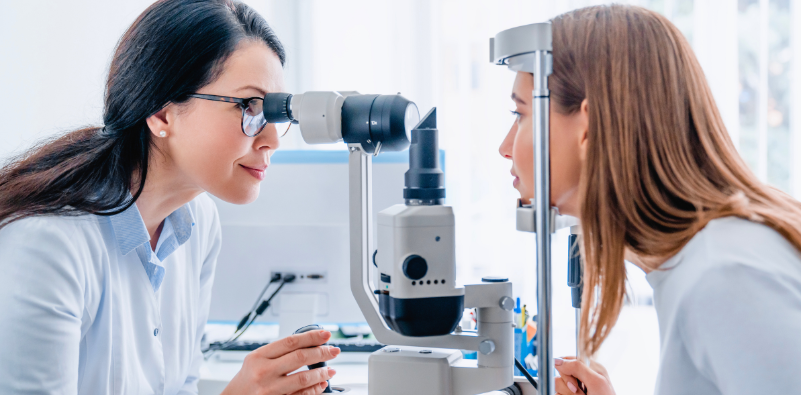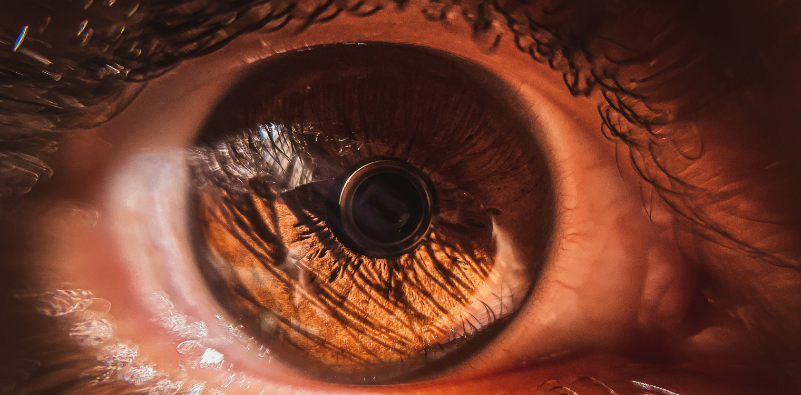The Pros and Cons of Contact Lenses for Children
Recently we have had more and more enquiries about children’s contact lenses. Some of the more frequently asked questions we receive are;
- What age can my children wear contacts?
- Are they safe?
- What type of contacts should my child wear?
At Harrold’s, we have a large range of contact lenses available for children. Generally, it is recommended that children should start wearing contact lenses between the ages of 11 – 14 years old, however, children as young as age 8 are able to wear them. Every child is different and therefore, each child will start wearing contacts at different ages. It purely depends on their maturity and level of personal hygiene, in order to keep their eyes safe. If you believe your child can be trusted to take care of their lenses, handle them correctly, remember to take them out before sleeping without being prompted etc, then they will be able to wear them at a younger age.
Like with all types of eyewear there are pros and cons to contact lenses for children, for example;
Pros
- Vision – Wearing contact lenses will give your child more natural vision as the lenses move with their eyes. They won’t have to deal with glasses fogging up or getting wet, they will also have improved peripheral vision.
- Sports – For children who love sports, wearing glasses can often make it difficult for them to participate to the best of their abilities. Whilst wearing contacts they will be able to join in without worrying about their glasses falling off.
- Independence – Having contact lenses can instil a sense of independence and maturity in a child due to the fact that they will have to put them in themselves, take them out and take care of them. Taking care of their lenses can help them become more responsible and more organised.
- Confidence – Many children say they feel more confident when they are wearing contacts. Many children are reported to feel self-conscious whilst wearing glasses. Contact lenses can give them a huge confidence boost.
Cons
- Risk of Infection - Children are known to have poorer hygiene in comparison to adults. They often forget to wash their hands and faces. When it comes to wearing contact lenses, they must be treated with clean sterile hands to stem the risk of infection.
- Over Wearing – Unlike glasses, contact lenses have a use-by date. Sometimes children can forget when they need to stop wearing their contact lenses and use a new set. Over wearing lenses can cause damage to the eyes.
- Forgetting to Take them Out – Even fully-grown adults can frequently forget to take their contact lenses out before going to sleep. As children are easily distracted, it means they may need frequent reminders to take their lenses out before they go to bed.
Whilst the cons can lead to eye infections and damage, there has been a significant drop in reported cases on contact lens-related eye injuries in children due to the use of daily lenses. Children are excellent candidates for daily use lenses as they require no cleaning or maintenance. After they have been used for the day they can be discarded in the bin. This helps train children in contact lens use and placement and as they get older they can eventually progress onto longer use lenses.
If you would like to find out more about our range of
children’s contact lenses please book a free appointment today!
https://harroldopticians.mysight.uk/Home/Welcome


